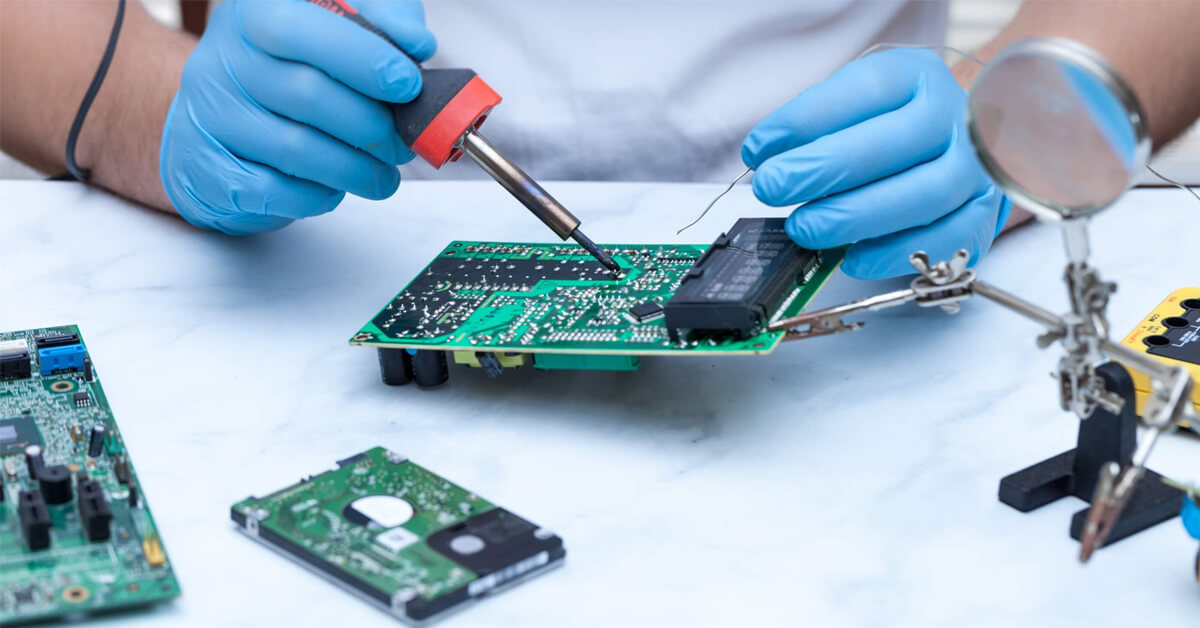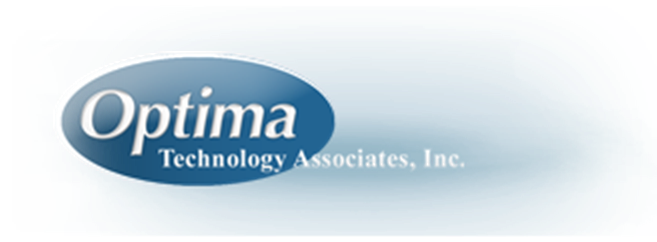
Surface Mount Technology (SMT) and lead-free soldering have expanded the methods and techniques commonly used by EMS suppliers for reflow soldering.
The main objective is to achieve maximum soldering of a large number of components while minimizing changeover times and to result with uniform, durable, and effective solder joints. Others include minimization of the stress and any damage to the PCB and SMD components, and minimization of parts movement during reflow.
To achieve the stated objects, requires a good understanding of reflow soldering processes, and process variables for modification to ensure product stays protected.
The basic reflow process consists of:
- Solder paste deposition (via stencil)
- Parts placement
- Heating the assembly to allow paste to reflow or melt, thereby wetting the PCB pad and the plated connections SMD parts.
- Cooling the assembly
Solder Paste
Solder paste is the most critical constituent in the reflow process. There are many types of solder pastes commercially available which have been developed for specific processes and profiles. It may be best to consult solder suppliers to obtain a product best suited to a particular requirement. Careful handling of solder paste is necessary to ensure it remains effective through its shelf and operational life. Best practices include:
- A first-in-first-out inventory program
- Routine inspection of expiration dates
- Refrigeration at recommended storage temperatures
- Stablization at room temperature prior to use
- Incoming inspection for viscosity and slump
Rheology or the characteristics of flow and deformation of solder paste, affects paste quality, and deposition quality. Factors which influence rheology, include size and quantity of metallic particles suspended in the paste, variations in the density of the metallic particles and the organic matrix.
Ideal pastes deliver shelf life and stability as promoted by the manufacturer. They do not separate or settle, maintain adequate tack to hold components after placement without slumping or sagging. Pastes should also release clean without adhering to stencils.
Printed Circuit Board
The next most important element to the reflow process is the PCB itself. For proper soldering, it’s best to bake boards at elevated temperatures prior to application of solder paste. This step drives out any excessive moisture from the board, which could lead to defects in soldering. PCBs come with either a protective sealer to prevent exposed surfaces of copper pads from oxidization (impeding adherence of solder) or with solder-coated pads.
Pad design is another important factor. Designers typically follow one of the international standards specified by IPC, EIA, and others for designing PCBs. This includes the design of different types of vias and the spacing between the pads.
Reflow Soldering Methods
Heat transfer methods differentiate reflow soldering processes. Today EMS assemblies generally rely on infrared or vapor phase reflow soldering methods. Heat transfer is a result of the combination of radiation, convection, and conduction. Manufacturers of reflow soldering ovens tailor the radiation bandwidth to allow the air surrounding the PCB to heat up, thereby heating up the PCB and the SMD components. As the PCB heats up, heat travels by conduction to the pads and the solder paste. This combination of radiation and conduction accounts for nearly 60% of the total heat transfer. Radiating energy directly reaching the materials makes up the rest of the heat transfer.
Infrared Reflow Soldering
Infrared (IR) solder ovens use quartz tungsten lamps as near or short wave lengths for their IR energy source. Heat transfer in these systems is primarily through radiation and convection, with just a minor amount from convection. Other types of IR system use area source emitters with long-wavelength heat waves. IR reflow soldering ovens have several preheat zones, followed by a soldering zone, and finally cooling zone(s). The Printed Circuit Board Assembly travels through all these zones. The energy transfer in the preheat zones is by conduction through the PCB material and it depends on the speed at which the board is traveling through the system. As the board reaches the solder zone, there is a rapid increase of temperature going beyond the melting point of solder. It is very important to minimize the total time the board remains in this high peak temperature, as the high heat is necessary only to melt the solder, and a longer duration may degrade material properties of the PCB. The entire process requires thermal profiling of each board assembly for obtaining optimum solder joints.
Vapor Phase Reflow Soldering
Vapor phase (VP) reflow soldering addresses some limitations of the IR reflow systems. As lead-free solder pastes show a tendency towards reduced wetting and higher melting points, an oxygen free atmosphere is necessary to result in quality joints. IR reflow systems can achieve this by addition of nitrogen gas through the oven, while a vapor phase reflow system itself provides this atmosphere. Vapor phase reflow systems utilize convection as the primary method of delivering heat to the PCB and its components. The system uses a liquid based on perfluoropolyethers to generate a vapor of a specific temperature when heated. The PCB is lowered in the vapor, which condenses and transfers its latent heat by convection. In general, vapor phase ovens need a small footprint so they occupy less space than do IR reflow ovens. They also consume far lower amounts of energy, and provide an automatic inert atmosphere promoting outstanding quality of soldering.
Temperature Profiling
Knowing the temperature distribution across the PCB as it passes through the three zones of a reflow oven is critical to obtaining optimum solder joints. The most common method uses a data collection system utilizing multiple thermocouples attached to strategic positions on the PCB, with the entire arrangement traveling through the oven.


